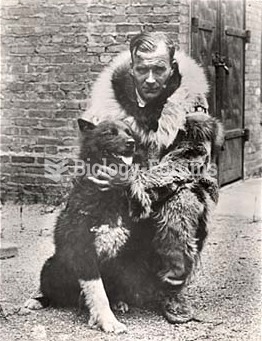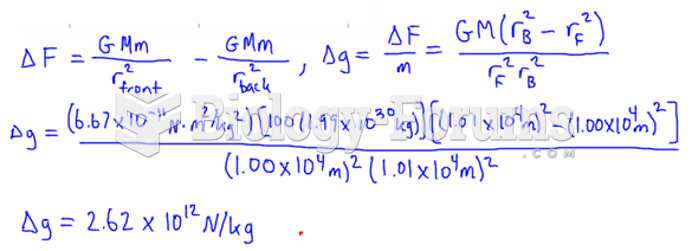Answer to Question 1
Answer: D
Explanation: A) Incorrect. During forming, the team is faced with the need to become acquainted with its members, its purpose, and its boundaries. During performing, the team is faced with the need for continuous improvement, innovation, speed, and capitalizing on core competencies.
B) Incorrect. During norming, the team is faced with creating cohesion and unity, differentiating roles, identifying expectations for members, and enhancing commitment. During performing, the team is faced with the need for continuous improvement, innovation, speed, and capitalizing on core competencies.
C) Incorrect. During storming, the team is faced with disagreements, counterdependence, and the need to manage conflict. During performing, the team is faced with the need for continuous improvement, innovation, speed, and capitalizing on core competencies.
D) Correct. During performing, the team is faced with the need for continuous improvement, innovation, speed, and capitalizing on core competencies.
Answer to Question 2
Answer: C
Explanation: A) Incorrect. The hierarchical teams did not involve any predictions about continuation of success. The hierarchical teams were a unique approach to disseminating information in which each person was exposed to the same material four times. (Learn, Apply, Teach, Measure). This helped ensure that a common vision and common processes were implemented throughout the company.
B) Incorrect. There is no evidence that the Xerox corporation attempted to minimize employee or shareholder doubts about the process. The hierarchical teams were a unique approach to disseminating information in which each person was exposed to the same material four times. (Learn, Apply, Teach, Measure). This helped ensure that a common vision and common processes were implemented throughout the company.
C) Correct. The hierarchical teams did not involve any predictions about continuation of success. The hierarchical teams were a unique approach to disseminating information in which each person was exposed to the same material four times. (Learn, Apply, Teach, Measure). This helped ensure that a common vision and common processes were implemented throughout the company.
D) Incorrect. Though decreasing divisiveness may have been one of Xerox's goals, it was not accomplished through a set way of organizing the teams. The decreased divisiveness resulted from the message and indoctrination. The hierarchical teams were a unique approach to disseminating information in which each person was exposed to the same material four times. (Learn, Apply, Teach, Measure). This helped ensure that a common vision and common processes were implemented throughout the company.







